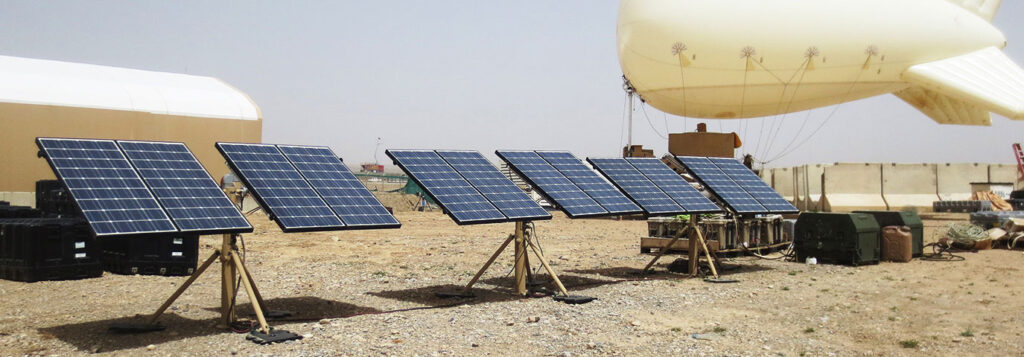
The use of fossil fuels in disaster response work has long been a contentious issue, with many calling for a shift towards renewable energy sources. The reasons for this are numerous, including the environmental impact of fossil fuels, the finite nature of these resources, and the increasing availability and affordability of renewable alternatives.
One major concern about the use of fossil fuels in disaster response is their impact on air quality. According to a study by the Natural Resources Defense Council (NRDC), the use of diesel generators during natural disasters can lead to significant increases in air pollution, putting both responders and affected communities at risk.
In contrast, renewable energy sources such as solar and wind power can provide clean, reliable power during disaster response operations. According to a report by the National Renewable Energy Laboratory (NREL), these technologies have the potential to significantly reduce the environmental impact of disaster response while also increasing the resilience of communities in the face of future disasters.
The move towards renewable energy in disaster response is already underway in some areas. For example, the Federal Emergency Management Agency (FEMA) has been experimenting with the use of solar panels and other renewable energy sources in its disaster response operations. In a statement, a FEMA spokesperson said, “We are committed to exploring new technologies and approaches that can help us respond more effectively and efficiently during disasters, and renewable energy is an important part of that effort.”
Similarly, some companies and organizations are already making the switch to renewable energy in their disaster response operations. For instance, Tesla has donated solar panels and batteries to disaster-struck communities in Puerto Rico, and the Red Cross has been experimenting with the use of renewable energy in its disaster response operations around the world.
Another benefit of renewable energy in disaster response is the ability to decentralize power generation. According to a study by the National Renewable Energy Laboratory (NREL), “decentralized renewable energy systems can provide power to communities in the immediate aftermath of a disaster, when centralized power systems may be down.”
However, the switch from fossil fuels to renewables during disaster response is not without challenges. One of the main challenges is the lack of infrastructure and expertise to support the use of renewable energy. For example, many disaster response organizations currently lack the equipment and personnel needed to install and maintain solar panels and other renewable energy systems.
Additionally, the cost of renewable energy systems can be a barrier to adoption. However, the cost of renewable energy systems is rapidly decreasing, making them more affordable for disaster response organizations.
Another important factor to consider when discussing the switch from fossil fuels to renewable energy in disaster response is the availability of fossil fuels post-disaster. In the aftermath of a natural disaster, the logistical supply chain for fossil fuels can break down, making it difficult or impossible to transport and distribute these resources. This can lead to fuel shortages, power outages, and other serious problems that can hamper disaster response efforts.
In contrast, renewable energy sources such as solar and wind power can provide power even in the absence of a functioning logistical supply chain. For example, portable solar power systems can be quickly set up and used to provide power to emergency responders and affected communities, even in the immediate aftermath of a disaster. This can help to alleviate some of the problems associated with fuel shortages and power outages, and can also help to ensure that disaster response operations can continue even in the face of these challenges.
Additionally, renewable energy systems, particularly solar, can be deployed with minimal infrastructure requirements and can be operational within a short period of time, thus reducing the dependence on logistics. This makes them a more reliable and resilient energy source for disaster response.
Overall, the lack of availability of fossil fuel post-disaster highlights the importance of renewable energy sources in disaster response. Not only do they provide clean, reliable power, but they can also help to mitigate the effects of fuel shortages and power outages, and can help to ensure that disaster response operations can continue even in the face of these challenges.Regenerate response
In conclusion, the use of renewable energy in disaster response operations offers many benefits, including reduced environmental impact, increased resilience, and the ability to decentralize power generation. While there are challenges to the adoption of renewable energy in disaster response, these can be overcome with the right infrastructure and expertise.
References:
- Natural Resources Defense Council (NRDC): https://www.nrdc.org/
- National Renewable Energy Laboratory (NREL): https://www.nrel.gov/
- Federal Emergency Management Agency (FEMA): https://www.fema.gov/
- Tesla: https://www.tesla.com/
- Red Cross: https://www.redcross.org/
Links to studies: